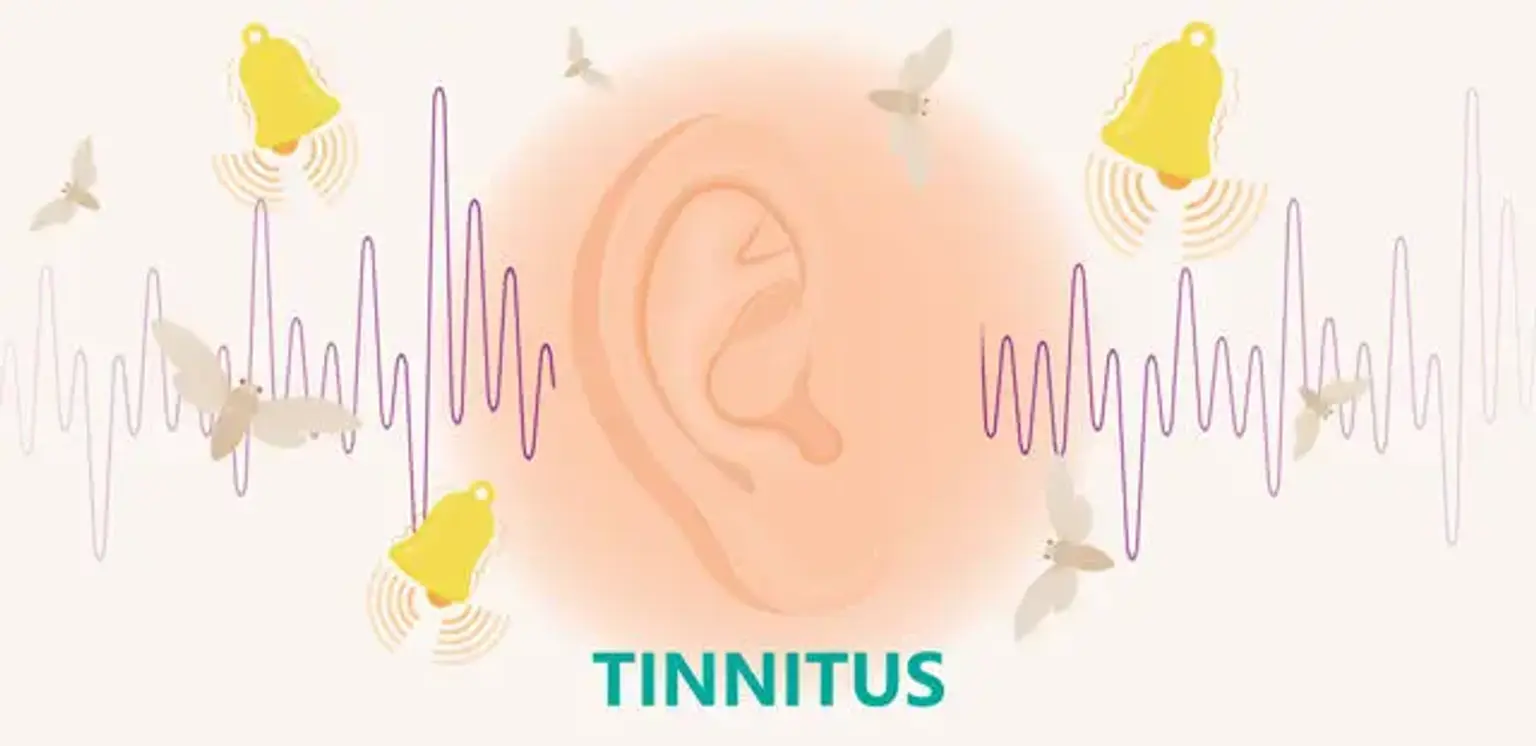What is Tinnitus?
Tinnitus is a condition characterized by the perception of sound in the ears or head that has no external source. Commonly described as "ringing in the ears," tinnitus can also manifest as buzzing, hissing, whistling, or even roaring noises. The intensity and pitch vary among individuals, ranging from mild to severely disruptive. For many, tinnitus is a temporary condition, but for others, it becomes chronic, significantly impacting their quality of life.
One of the most challenging aspects of tinnitus is its subjective nature. Since the sound exists only in the affected person’s perception, explaining or quantifying it can be difficult. While tinnitus itself is not a disease, it often signals an underlying condition that requires attention.
Prevalence of Tinnitus
Tinnitus is a global issue, affecting approximately 10-15% of the population. In South Korea, the prevalence aligns with global statistics, with a growing number of cases attributed to increased noise pollution and lifestyle factors like stress. Urban environments, where loud noises from traffic, construction, and entertainment venues are constant, contribute significantly to the rise in tinnitus cases.
Interestingly, tinnitus is not limited to a specific age group. While it is more common in older adults, particularly those with age-related hearing loss, younger individuals are increasingly reporting symptoms. This trend has been linked to frequent exposure to loud music through earphones and noisy environments.
Primary Causes of Tinnitus
The causes of tinnitus are diverse, often related to damage in the auditory system. One of the most common causes is noise-induced tinnitus, resulting from prolonged exposure to loud sounds. Over time, these sounds damage the hair cells in the cochlea, which are crucial for transmitting sound signals to the brain.
